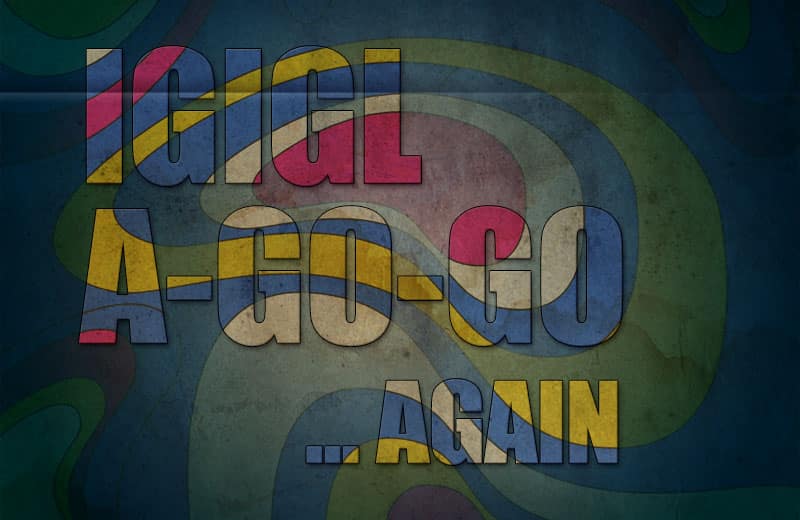Matt Davies, GiGL Data Manager

iGiGL was initially developed to provide an alternative to two of the GLA’s web-based portals which are no longer available – Wildweb and Your London. It enabled Londoners to make the most of wildlife sites and open spaces by exploring them online before getting out and experiencing them in the real world. A second round of development included mapping the Urban River Survey and London Rivers Action Plan datasets on iGiGL so that professional users could log in, and view these map ‘layers’ to identify the best locations and types of river restoration to ensure ‘good ecological potential’.
Throughout the spring we have worked with Natural England, the Forestry Commission and the GLA to add even more data to iGiGL and to further extend its functionality. iGiGL is about to become the most effective way to access information on London’s environment.
The general public will soon be able to view publically accessible wildlife sites and open space boundaries over either Ordnance Survey background maps or satellite images. They will be able to:
- Locate an area, either by searching for the site name, postcode or place of interest, or by using the map zoom and pan tools.
- Adjust the transparency of an information layer over the base map.
- Click on the map to get site information.
- Provide feedback on the information we hold, to help us keep it up-to-date.
Members of the public will also be able to access the same site information via a mobile-friendly search page. From this, they can find parks and publically accessible wildlife sites within one kilometre of their current location, ordered by distance, and display the search results on their mobile mapping app.
GiGL partners will be able to access all functions available to the general public. They will be able to also ‘log in’ to view and, where possible, download a wider range of map layers, including:
- Rivers
- River Courses (data supplied by Environment Agency)
- Urban River Survey (data supplied by URS)
- London Rivers Action Plan (data supplied by the River Restoration Centre)
- Landscape projects
- National Character Areas (data supplied by Natural England)
- All London Green Grid Area Frameworks (data supplied by GLA/GiGL)
- Living Landscapes (data supplied by London Wildlife Trust)
- Futurescapes (data supplied by RSPB)
- GiGL datasets
- Protected species
- Habitat
- Open space
- All SINCs
- Geology and soils (data supplied by BGS)
Other user groups will be able to access a range of the above datasets, plus project specific information. For instance, Forestry Commission’s itree project surveyors will be able to view survey sites, click on a polygon to see if a survey form has already been completed for that site and plan a visit or complete the survey form if it hasn’t.
iGiGL is a giant leap forward for providing access to environmental data in London. It will help Londoners engage with the natural environment and help professional users make better informed decisions, by contextualising previously dispersed datasets. The online interface will enable users to view mapping data without needing to invest in GIS software. From GiGL’s perspective, it will allow us not only to reach new audiences but also to streamline data provision, so that we can update it more easily and regularly.
I should also take this opportunity to reassure existing partners that they will still be able to access data via the usual quarterly data exchanges, and we will still be at the end of the phone and email too.
We hope that you will enjoy using iGiGL, find it useful, and recommend it to friends and colleagues. We welcome your feedback, either via the feedback forms on the website, or other means, so that we can make continuous improvements to the data and usability. Incidentally, never wanting to rest on our laurels, we are already planning the next addition to iGiGL, which will be to incorporate data from the National Biodiversity Network, and provide even more comprehensive coverage.
